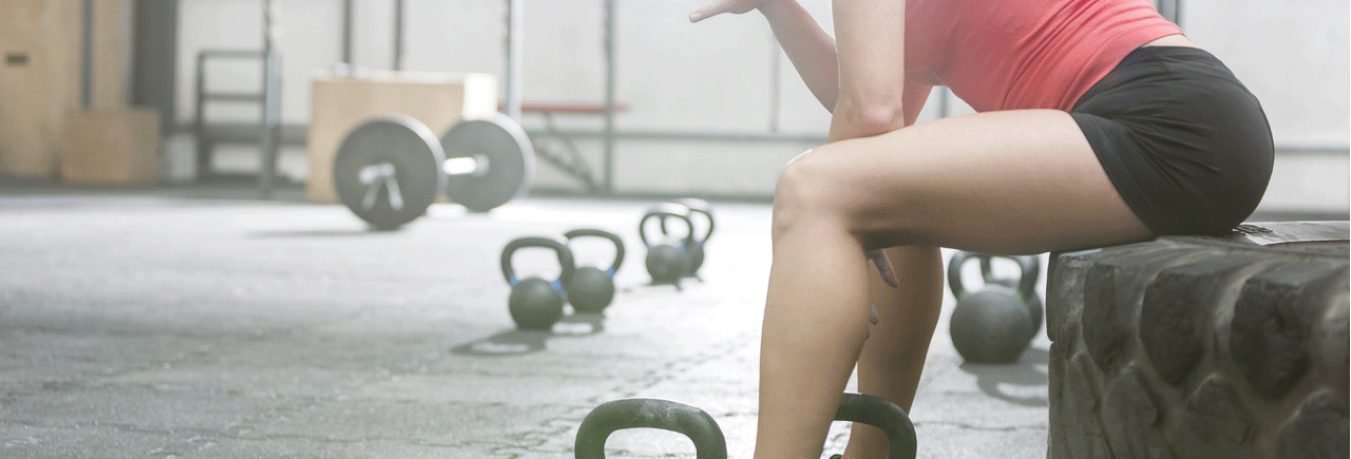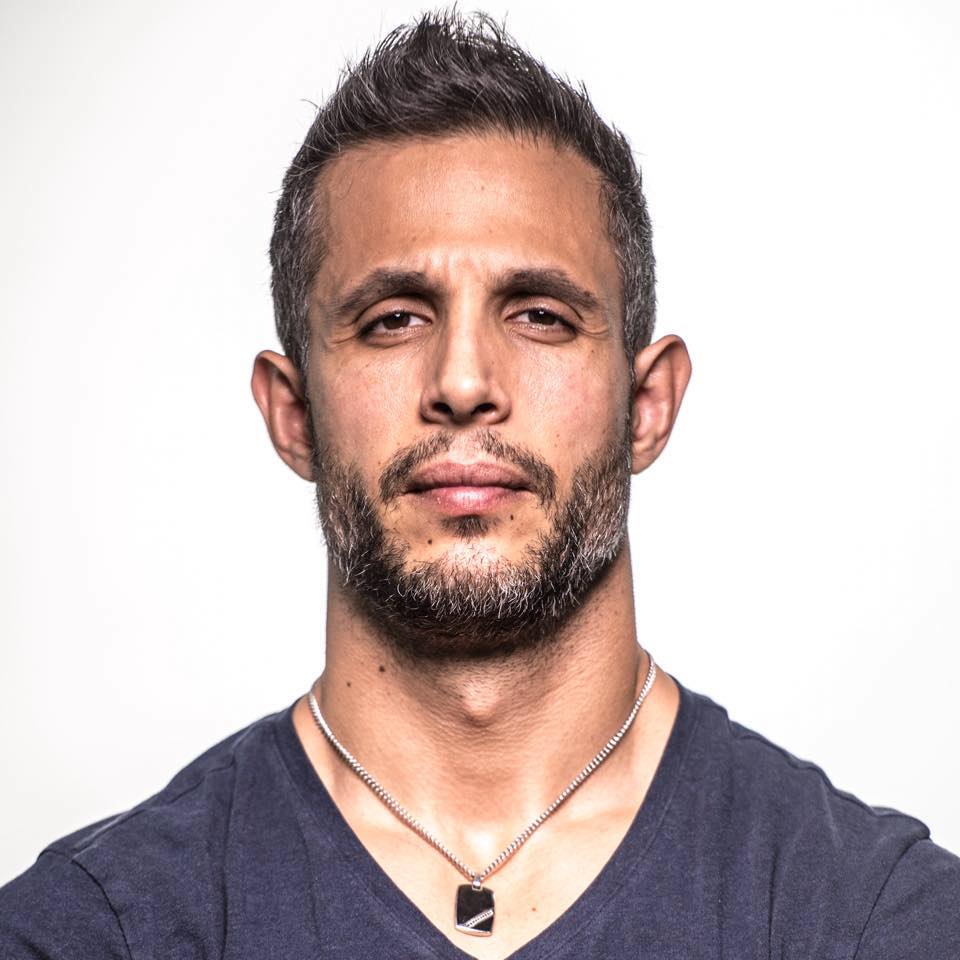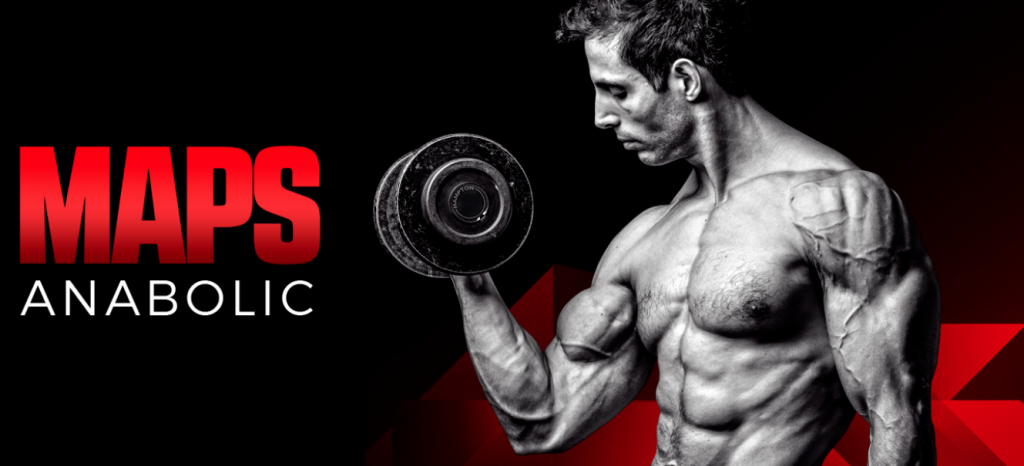
Muscle Adaptation vs. Muscle Recovery
Dec 15, 2017 mindpumpWhen most people think of muscle building and the process of getting muscle they don’t consider that it is an ADAPTATION process. It was an after thought. I even failed to consider this truth when I first picked up a weight and even when I first started training clients.
You can hardly blame us. Pick up a muscle building magazine or read an article online on the subject of workouts for the purpose for building muscle and they all sound the same. “Hammer muscles!!!” Or “Shock the body with this new intense routine!!” Or “You need to confuse the muscles so that they grow!!” We are told that the body DOES NOT WANT to build muscle and that we need to “force” it to. Although recovery is finally part of the discussion (it wasn’t so much 20 years ago when I started my career) it is implied that recovering from intense exercise is how you build muscle. Although there is some truth to all of this there are also implied falsities that are preventing many people from truly reaching their full muscle building potential.
The current accepted dogma with exercise in regards to muscle building goes like this…
“When you train a muscle hard you create micro tears within muscles…you damage them and its when you recover that your muscles get stronger and grow.” Sound familiar? Well throw that understanding away…its WRONG. Although recovery does happen after damage, its not the recovery process that builds muscle…it’s the ADAPTATION process that builds. Although recovery and adaptation can happen simultaneously and one may trigger the other, they can and do happen separately.
Think of recovery as healing. After a tough and damaging workout your body’s first priority is to heal. No different from when you break a bone or when you cut your finger. Before your body even THINKS about building muscle it thinks about healing. This makes perfect sense…in the hierarchy of priorities healing MUST take the number one spot. Who cares if you get stronger if your muscles are still damaged?
Adaptation is different. When your body adapts it aims to become more RESILIENT so that it doesn’t suffer the same damage from the same activities or actions again. It is literally protecting itself from a potential insult in the future. This adaptation process that happens for muscle are, in essence, no different than the adaptation processes that happen from other insults to the body. Break or damage a bone and it first heals and then it gets STRONGER. Ask any osteopath…it is harder to break a bone in the same spot the second time around.
Now that we know this lets dive deeper into the adaption of muscle building. The damage from your workout actually sent TWO signals…one is to recover and the other is to build. Both processes happen roughly at the same time however they aren’t perfectly aligned. In fact, studies will show that the actual muscle building adaptation signal from proper resistance training spikes quickly post exercise and peaks at about 48-72 hour. REGARDLESS of whether or not there is still damage. In other words, you may still be sore 4 days after that hard leg workout but the muscle building signal has already started to drop fast. In fact, it may already be flat. You are still recovering but your muscles stopped building and are now heading in the opposite direction.
This is probably why training to failure too often leads to lower rates of muscle building. Too much recovery is needed and it impedes on your ability to send another adaptation signal with another workout. NUMEROUS studies are now showing that training muscle groups more frequently than the old method of “ hit a muscle once a week” is superior for strength, muscle building and fat loss. Rather than hitting your chest once a week for 21 sets its better to hit your chest three days a week for 7 sets each workout.
This is the philosophy behind some of the more effective training methodologies of today including the MAPS programs. People are seeing tremendous success now that they understand the difference between recovery and adaptation.

Author: Sal Di Stefano
Sal is one of the hosts of the Mind Pump podcast. At age 18 his passion for the art and science of resistance training was so consuming that he decided to make it his profession and become a personal trainer. By 19 he was managing health clubs and by 22 he owned his own gym. After 17 years as a personal trainer he has dedicated himself to bringing science and TRUTH to the fitness industry.







